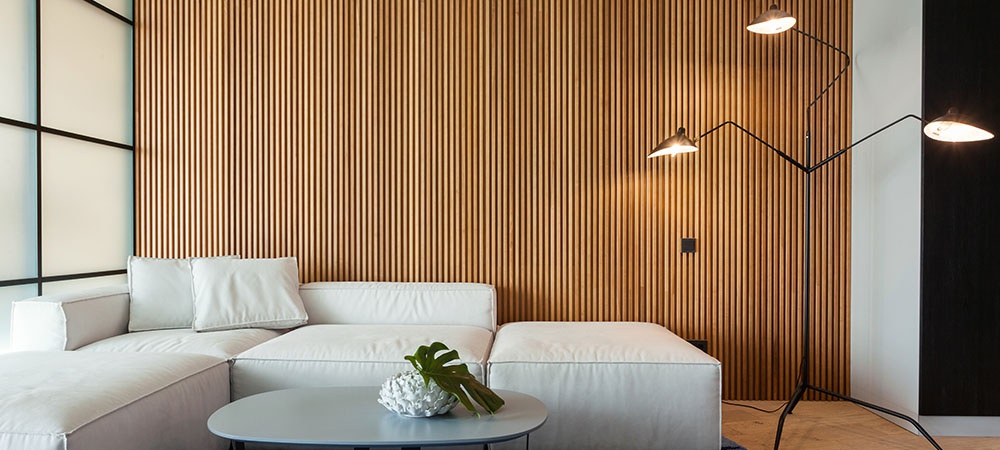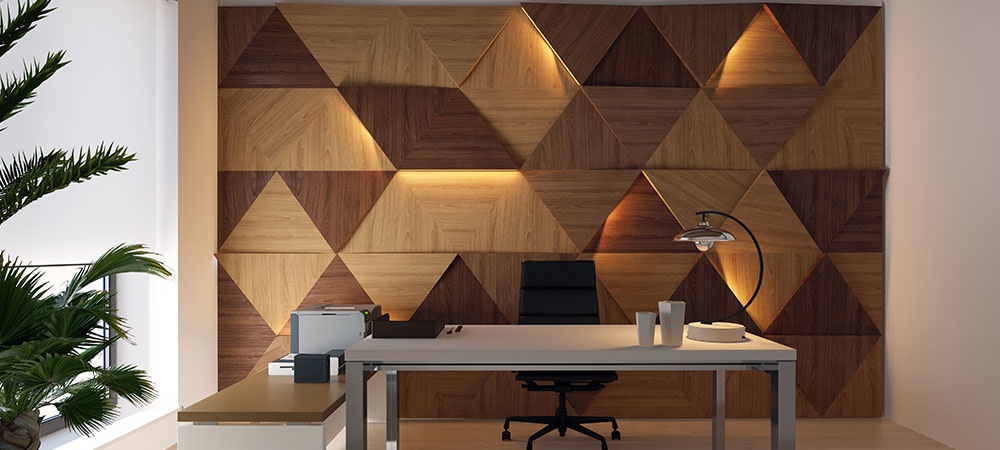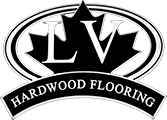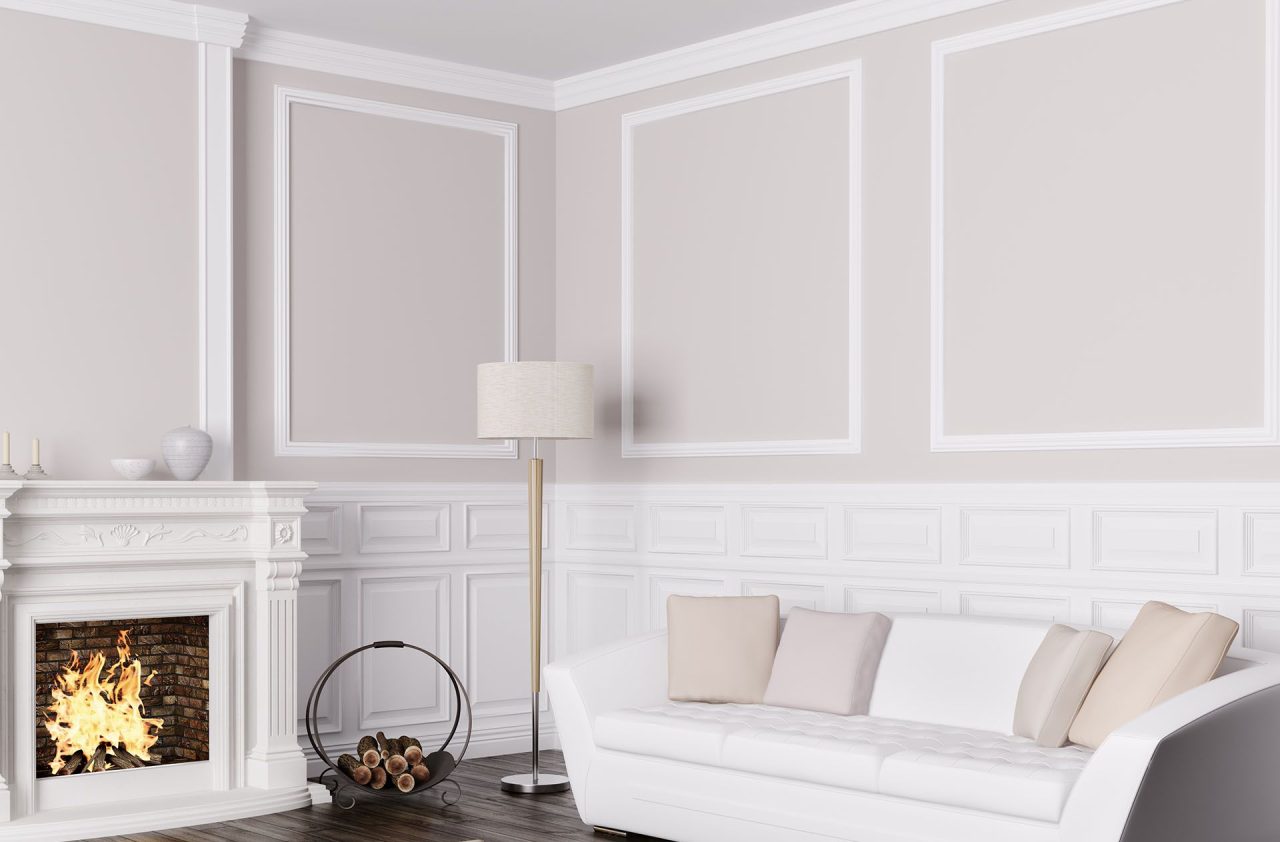Wall panelling or covering is a great way to transform the look and feel of any room — without spending too much money or time. From interior wood panels to metal cladding, there are tons of options out there that make it easy for homeowners with all kinds of budgets and tastes.
In this blog post, we’ll review the different types of wall panelling available today; their benefits and drawbacks. We’ll also explore the factors to consider before selecting wall panelling and installation tips to help you get the best result. Here’s what you need to know.
Wall panelling – why it’s a popular choice for home renovations
Wall panelling has become a popular choice for home renovation projects in recent years. This is due to its versatility and ability to completely transform a room with minimal effort.
- Wall covering can be made from various materials, such as wood, metal, and plastic.
- It also comes in various styles and designs to fit your unique decor needs.
- Wall panelling’s installation process is relatively simple and can be done by those with basic DIY skills. Wall panelling is easy to maintain and can add value to your home.
Whether you’re looking to create a statement feature wall, add texture to a room, or create a cozy atmosphere, wall panelling is a great way to achieve your desired look.
Types of wall panelling – overview and comparison table
If you’re looking to add some character and style to your walls, wall panelling is an excellent option that can completely transform the look and feel of any room. With a wide variety of materials and styles available, there’s sure to be a panelling option that fits your design preferences and budget.
| Type of Wall Paneling | Description |
| Wood Paneling | Made of natural wood which adds warmth and character to a room. It is available in a range of styles and finishes. |
| PVC Paneling | Made of PVC, a type of plastic that is lightweight and durable. It is often used in areas with high humidity or moisture, such as bathrooms or basements. |
| Fabric Paneling | Made of fabric wrapped around a foam or fiberboard core. It provides a soft and cozy feel to a room and can also absorb sound. |
| Metal Paneling | Made of aluminum, steel, or copper, and creates a modern and industrial look. It is also fire-resistant and easy to clean. |
| Brick Paneling | Made of lightweight materials such as polyurethane or foam, and is designed to look like real brick. It adds texture and depth to a room without the weight of real brick. |
Wood panelling
Wood panelling has been a popular choice for interior walls for decades, and for good reason. One of the biggest advantages is its natural beauty and warmth, which can add character and a sense of coziness to any room.
Wood wall covering is relatively easy to install, durable and long-lasting. However, there are also some disadvantages to consider.
It can be expensive, and if not properly maintained, wood panelling can become damaged, scratched, or faded over time. Additionally, some people may find the look of wood panelling too rustic for their taste.
Ultimately, the decision to use wood panelling comes down to personal preference and budget, but it is worth considering the pros and cons before making a decision.
Related Article: How to Incorporate Wall Paneling into Your Interior Design?

PVC panelling
Plastic panelling is a popular choice for many homeowners due to its durability, affordability, and ease of installation. One of the biggest advantages of plastic panelling is its moisture-resistance, making it ideal for use in areas prone to water damage, such as bathrooms and kitchens.
Additionally, unlike other types of panelling, plastic panelling is available in various colours and designs, allowing homeowners to choose the perfect style to match their decor. However, it’s important to note that plastic panelling may not be as sturdy as other materials.
It may warp or crack over time if exposed to direct sunlight or extreme temperatures. Overall, plastic panelling is a great choice for those looking for a cost-effective and low-maintenance option for their home.
Fabric panelling
Fabric panelling is a great choice for those looking to add some colour and texture to their room. It can be made from various materials, including velvet, linen, or cotton, giving homeowners the flexibility to choose a style that best suits their taste.
Additionally, fabric wall covering provides an excellent sound-absorbing material in rooms with high ambient noise levels. However, fabric panelling is less durable than other materials and can be prone to tearing or staining over time.It is
Fabric wall covering is also more expensive than other types of panelling, making it a better option for those looking for a short-term rather than a long-term solution.
Metal panelling
Metal panelling is a great choice for those looking to create an industrial look in their home. It’s often made of aluminum, steel, or copper and can be painted any colour, allowing homeowners to customize the look of their walls.
Metal panelling is fire-resistant, making it a safe option for areas prone to heat or flames. On the downside, metal panelling can be difficult to install and is less effective at absorbing sound than other materials.
This makes metal panelling better suited for smaller rooms with minimal noise levels. Additionally, some people may find the look of metal panelling cold and uninviting.
Brick Panelling
Brick panelling is a great way to add texture and depth to any room. It comprises lightweight materials such as polyurethane or foam designed to look like real brick. This adds aesthetic appeal and provides extra insulation for the home. Additionally, it is relatively easy to install and maintain.
However, brick panelling can be expensive and less durable than other materials. Additionally, some people may find the look of brick panelling too rustic for their taste.
Overall, brick panelling is a great option for those looking to add character to their home. However, it’s important to consider the pros and cons before deciding.
Factors to consider when choosing wall panelling
When selecting wall panelling, there are a few things you should consider:
- Budget: The cost of a wall covering will depend on the type, style, and size of panels you choose. Consider your budget before deciding so that you don’t overspend.
- Space: Wall panels can take up more space than regular walls due to the thickness of the material used. Make sure you account for this when measuring your space.
- Installation: Some wall panels require professional installation, while DIYers can install others with basic skills. Consider the type of installation method you prefer before making a decision.
- Maintenance: Different types of wall panelling have different maintenance requirements. Make sure that you are aware of these requirements and prepared to meet them.
Tips for wall panelling installation
Here are some tips to ensure that your wall panelling project is a success:
- Make sure you measure the space accurately, as this will affect the amount of material and installation time needed.
- Consider any additional insulation requirements when choosing different types of panels.
- Check whether the wall panels you choose are suitable for outdoor or wet areas.
- When choosing a professional installer, ask for references and ensure they’re experienced in installing the type of wall panelling you have chosen.
- Ask about warranty options on materials or installation to ensure you’re covered if something goes wrong.
- Do research to ensure you know the maintenance requirements for your new wall panels.
- Consider the cost of proper tools and equipment if installing wall panelling yourself.
- Ensure to follow all safety instructions when working with any material or tool during installation.
Related Article: Cheap Paneling for Walls vs. Expensive Paneling for Walls

Final thoughts
When it comes to choosing the right wall panelling for your home, there is no one-size-fits-all solution. Each type of material has its advantages and disadvantages, so it’s important to consider your needs and budget before deciding.
Look through our wall covering catalogue at LV Flooring to find a material that fits your style and budget. Ultimately, the right wall panelling can make any room look great while adding both aesthetic appeal and extra insulation.
So take the time to do your research and choose wisely! Or call us at (416) 665-5645 for more help with your home’s new wall panelling.


